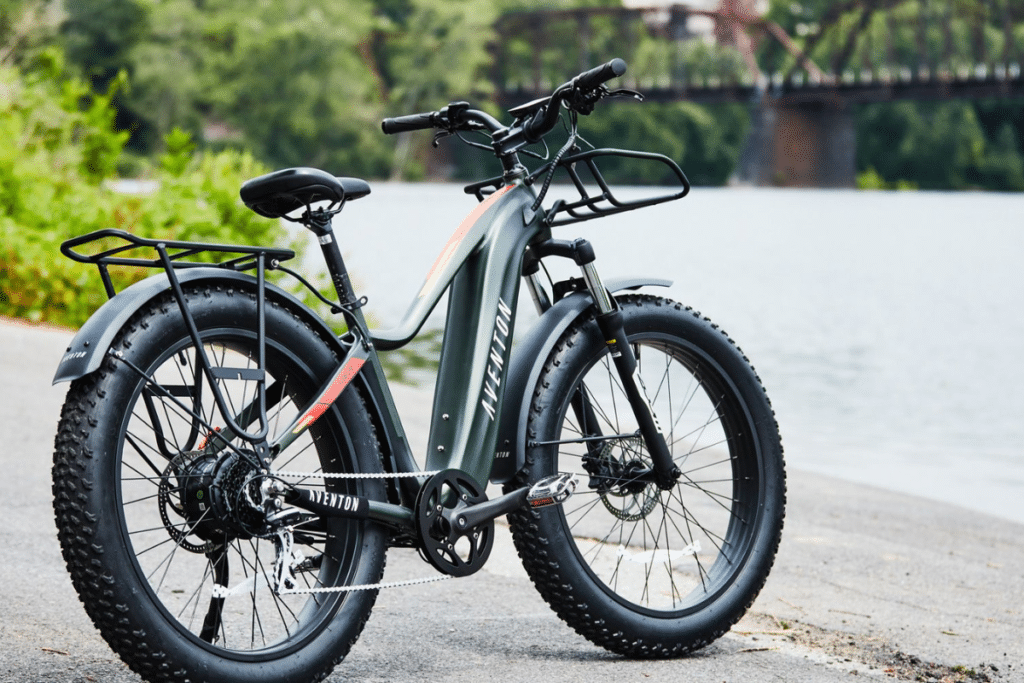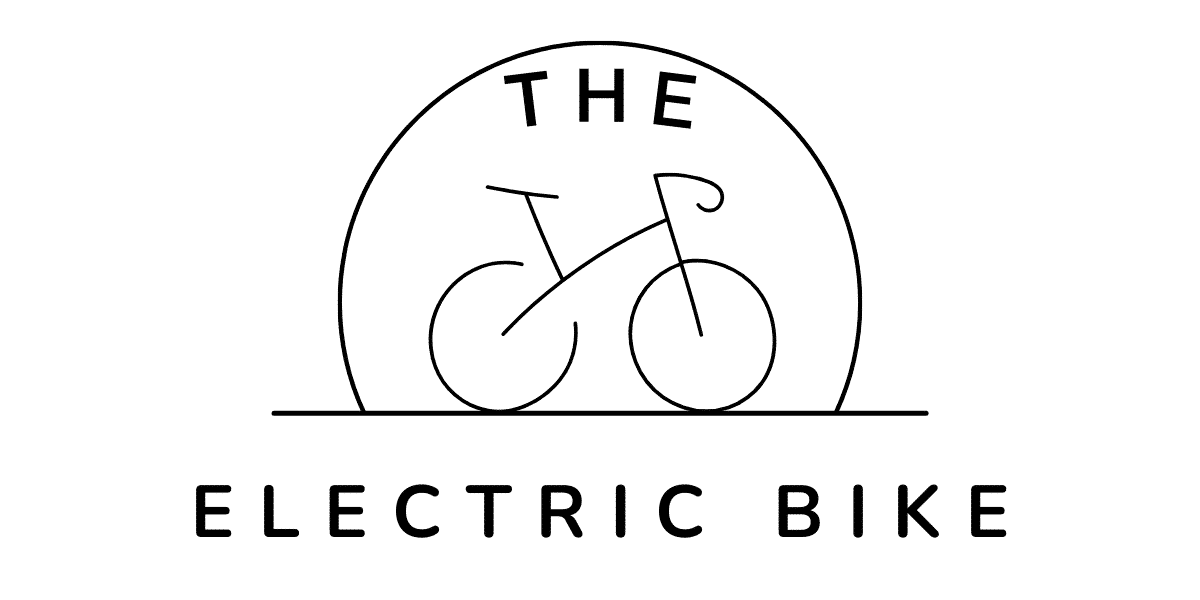Your e-bike deserves only the best when it comes to components. But while many riders focus on picking the perfect motor or battery, they often overlook an equally vital component: the tires. E-bike tires play a crucial role in providing a comfortable, smooth, and safe riding experience. In this article, we will explore some of the top considerations to keep in mind when searching for the best e-bike tires.

Finding the right type of e-bike tires
E-bike tire technology has come a long way in recent years, meaning that today’s users can choose from a wide variety of options. Below are some of the most common types:
- Puncture-resistant tires: These tires contain extra layers of protection to minimize the risk of punctures during your ride. They are ideal for riders who frequently tackle rough terrain or city streets filled with debris.
- Fat tires: Fat tires offer excellent stability and traction on sand or snow, making them great for off-road adventures or winter commutes.
- Slick tires: Featuring minimal tread patterns, slicks are designed specifically for smooth pavement and provide low rolling resistance, which translates into improved energy efficiency for your e-bike.
- Cruiser tires: If comfort is your main priority, cruiser-style tires provide a softer, smoother ride thanks to their greater air volume and wider profile.
Consider the width and diameter of the tires
When selecting the best e-bike tires, it’s necessary to take into account both the width and diameter of the wheels. Wider tires generally provide more stability and traction, while narrower options offer a faster and more energy-efficient ride. The diameter also affects the overall performance of the tire, with smaller wheels being ideal for increased maneuverability and larger ones designed for better high-speed handling.
Choosing the right tread pattern
The type of terrain you’ll be riding on plays a significant role in determining the best e-bike tire tread pattern. E-bike tires come in a variety of patterns that cater to different riding conditions:
- Smooth/slick treads: As mentioned earlier, smooth or slick treads are perfect for paved surfaces, offering less rolling resistance and promoting energy efficiency.
- KNOBBY TREADS: Knobby treads enable better grip and control when traversing off-road trails or uneven terrain.
- Mixed-use treads: If you ride both on and off-road, mixed-use treads strike a harmonious balance between smooth and knobby patterns, allowing for decent traction and rolling efficiency on various surfaces.
Tire pressure is key
One frequently overlooked aspect of e-bike tire performance is air pressure. Adjusting tire pressure can significantly impact your comfort, energy efficiency, and overall ride quality. In general, inflating your tires to the lower end of their recommended air pressure range will result in a smoother ride, whereas higher pressures contribute to reduced rolling resistance and potentially improved battery life.
When should you replace your e-bike tires?
Just like any other bike component, e-bike tires wear down over time and need replacement. But how do you know when it’s time to make a change? Here are some signs that your tires might be due for an update:
- Worn tread: If your tire’s tread pattern is significantly worn down or barely visible, it’s likely time for a replacement. Worn treads can negatively affect traction and increase the risk of punctures.
- Excessive punctures: While occasional punctures are inevitable, frequent flats could indicate that your tire’s protective layers and overall integrity have been compromised.
- Cracked sidewalls: Inspect your tires’ sidewalls regularly for signs of cracking or deterioration. These issues can compromise the structural stability of your tires, leading to potential failure during your rides.
Follow the rule of thumb: Rotate every 2,000 miles
A handy tip for maximizing the lifespan of your e-bike tires is to rotate them periodically, ideally every 2,000 miles or so. This practice helps to ensure even wear on the tires and reduced stress on individual components.
In conclusion
Finding the best e-bike tires entails considering factors such as the type of terrain you’ll be riding on, your desired performance attributes, and maintaining proper tire pressure. Understanding these aspects and monitoring your tires for signs of wear will contribute to a more enjoyable and efficient e-bike experience. So take the time to invest in high-quality tires – after all, they’re the only part of your e-bike that actually comes into contact with the ground!
